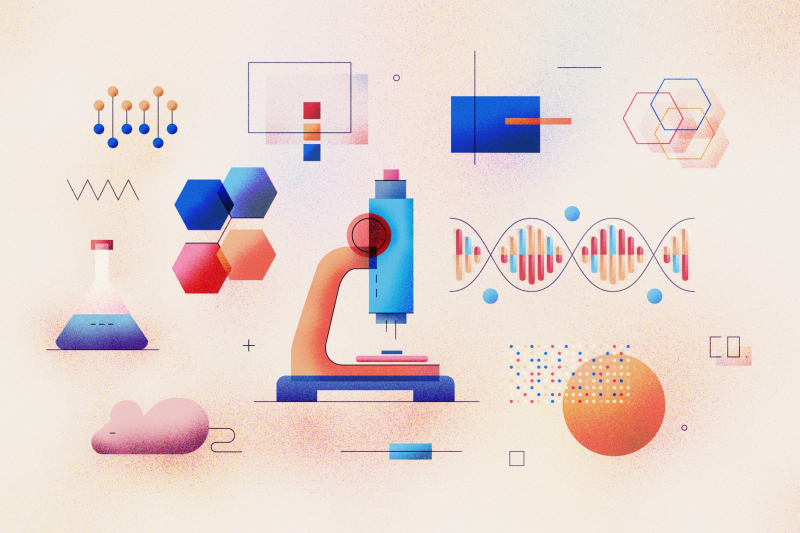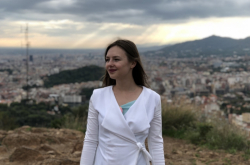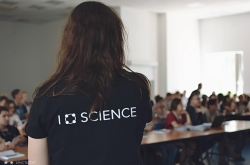In early August, Moscow hosted the tenth Moscow Conference on Computational Molecular Biology (MCCMB). Held every two years, this forum is one of the most influential platforms for bioinformatics researchers in Russia. This year, the conference took place in a hybrid format: both online and offline.
Scientists from ITMO University participated in the conference and presented the latest results of the studies, many of which were conducted jointly with their international colleagues.
Ekaterina Noskova, researcher at the Laboratory of Computer Technologies
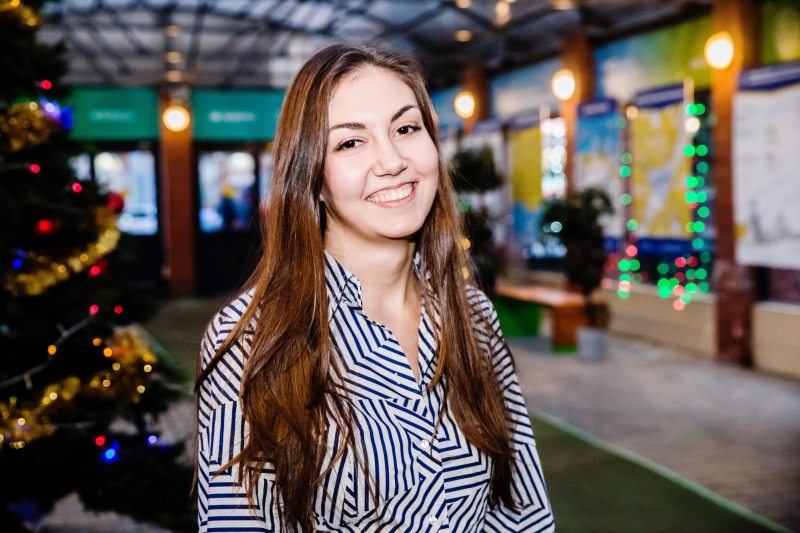
Ekaterina Noskova
I presented a poster and a brief report at MCCMB. My poster was about the new edition of my GADMA program, a service for interpreting the demographic history of populations based on their genetic data. The program analyses genome data to reconstruct what changes happened within populations, how and where they migrated, and so on. This year, we expanded the program's features; for instance, we introduced a new improved search algorithm. I spoke about these updates at the conference.
People liked the topic. During the poster session, I had the chance to meet lots of people both online and offline. They asked about the methods I used and whether it was possible to run this program with their data. I also saw the people who I met at the previous conference where I demonstrated the first edition of my program.
On the last day of the conference, I presented my project at the System Biology session and became a winner of this year’s System Biology Fellowship. I’m just starting this project, so I could only speak about my recent results and future plans.
This was an extremely productive conference. I got in touch with some specialists in population genetics. We discussed our projects and agreed to collaborate in the future.
Vladimir Sukhov, PhD student at the Faculty of Information Technologies and Programming

Vladimir Sukhov. Photo courtesy of the subject
This was the first time that we presented our new method for analyzing a gene set co-regulation. The Gene Set Co-Regulation Analysis (GESECA) makes it possible to determine whether a certain set of genes has a non-accidental co-regulation within the gene expression of a particular biological experiment. Thanks to its core algorithms, the method can be used to simultaneously test huge public collections of expression matrices.
Many people were fond of our methods and approach and expressed their desire to apply our ideas into practice.
As we presented our method for the first time, it was an extremely valuable experience for us. This was our chance to demonstrate its key features and advantages to a wider audience, as well as find potential customers.
Anton Zamyatin, researcher at the Laboratory of Genomic Diversity
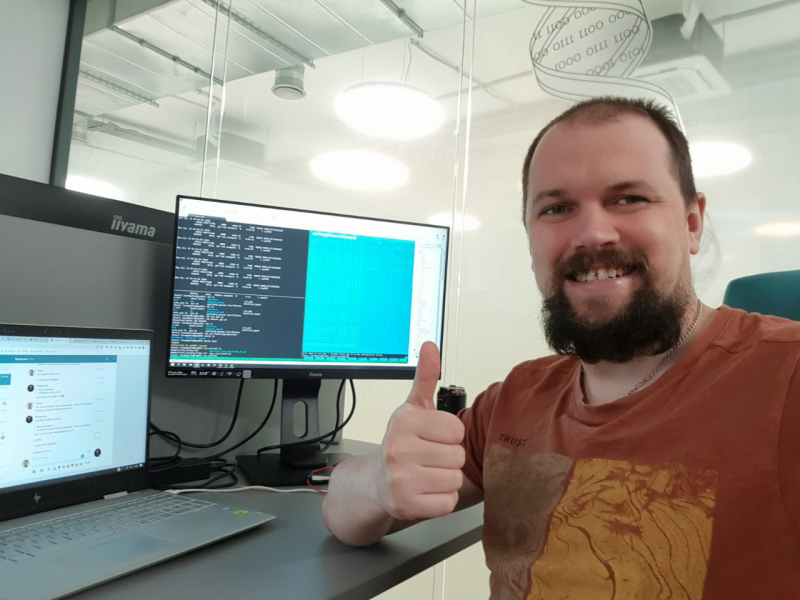
Anton Zamyatin. Photo courtesy of the subject
I participated in the conference with joint research on assembling the genomes of malaria mosquitoes. This tremendous work was conducted in collaboration with Nikita Alekseev. It is titled Assembling Genomes on Chromosome-Level Leading by the Example of Two Malaria Vector Genomes. Although the topic of sequence assemblies was not well represented, the conference covered nearly all aspects of computational biology. Plus, there were many fascinating reports on related topics and not only.
The key event of this conference was meeting Igor Sharakhov, one of the supervisors of our projects since 2018. He is a doctor of biological science who heads a laboratory at Virginia Polytechnic Institute. For the first time, we were able to meet each other in person and not during online conferences. Thanks to this opportunity, we discussed our projects and common research interests.
Karina Pats, PhD student at the Faculty of Information Technologies and Programming
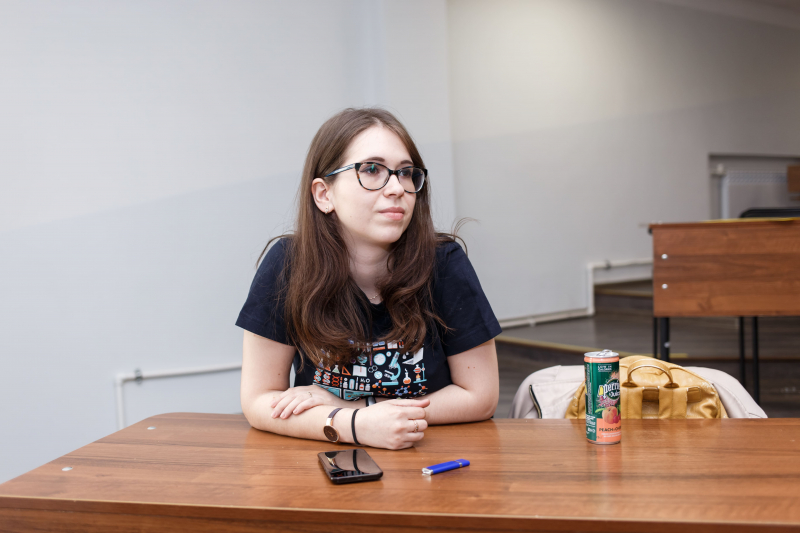
Karina Pats. Photo courtesy of the subject
My project is about the development of structural descriptors for studying the behavior of vitamin D receptors. This research is conducted in collaboration with Professor Ferdinand Molnar from Nazarbayev University (Kazakhstan). I also performed part of this research at the University of Lorraine (France) where I did my internship. There, I worked on the methods of data analysis and machine learning for my project.
During the discussions, we talked about the prospects of this project and some extra methods that can be used for analyzing the obtained data. At the conference, I met not only new people but also those who I have never met in person. It was a pleasant experience.
Some reports were extremely insightful. For instance, one of them was focused on various tools for the analysis of structural data, and this knowledge can be applied to my work, as well.
